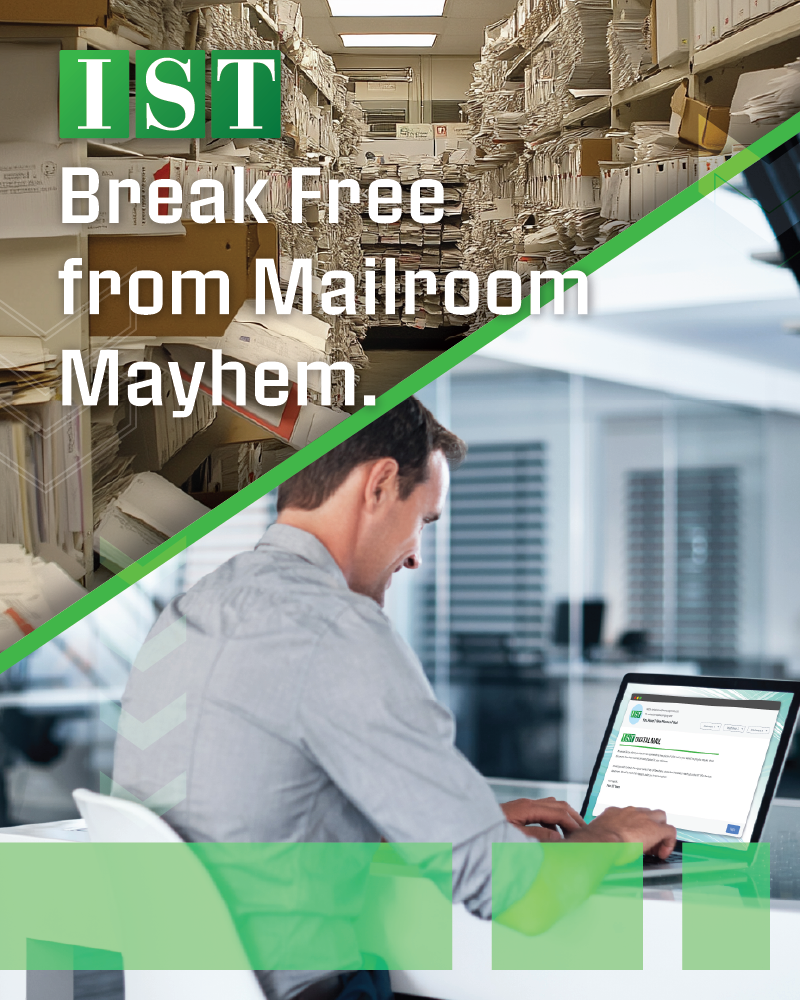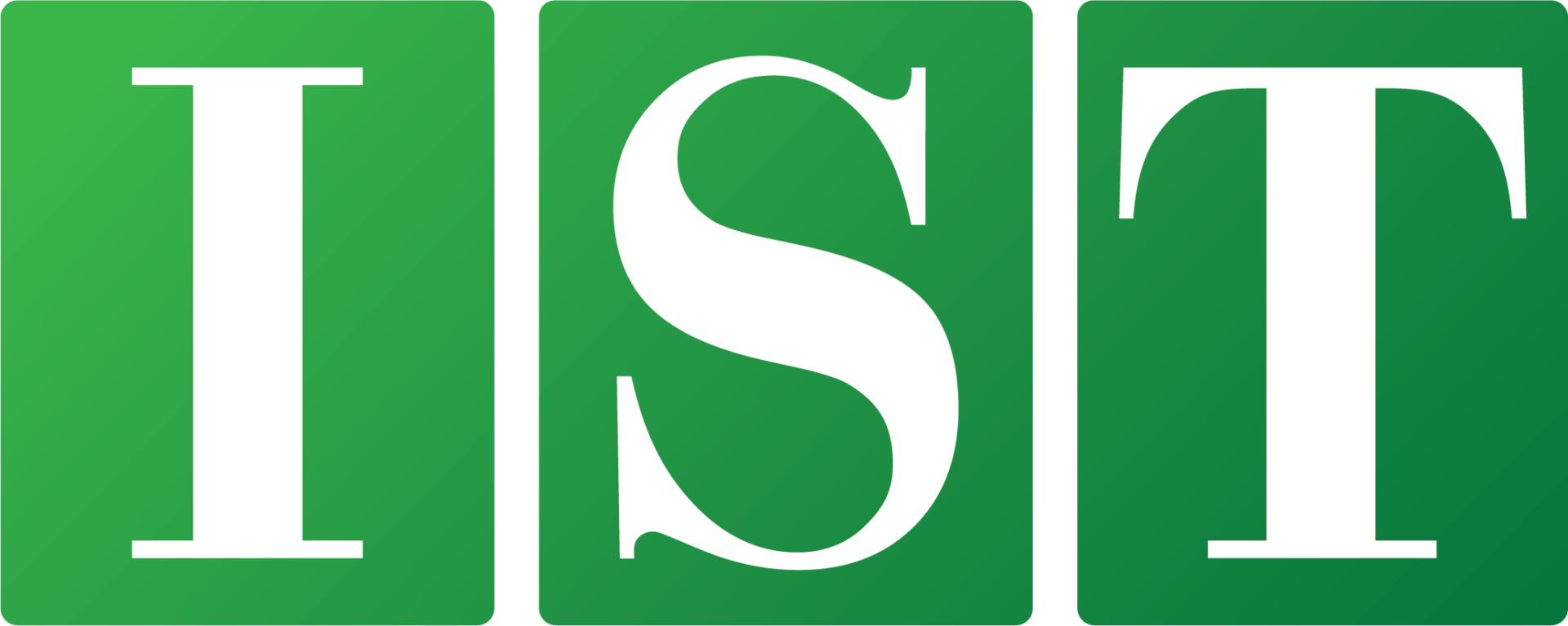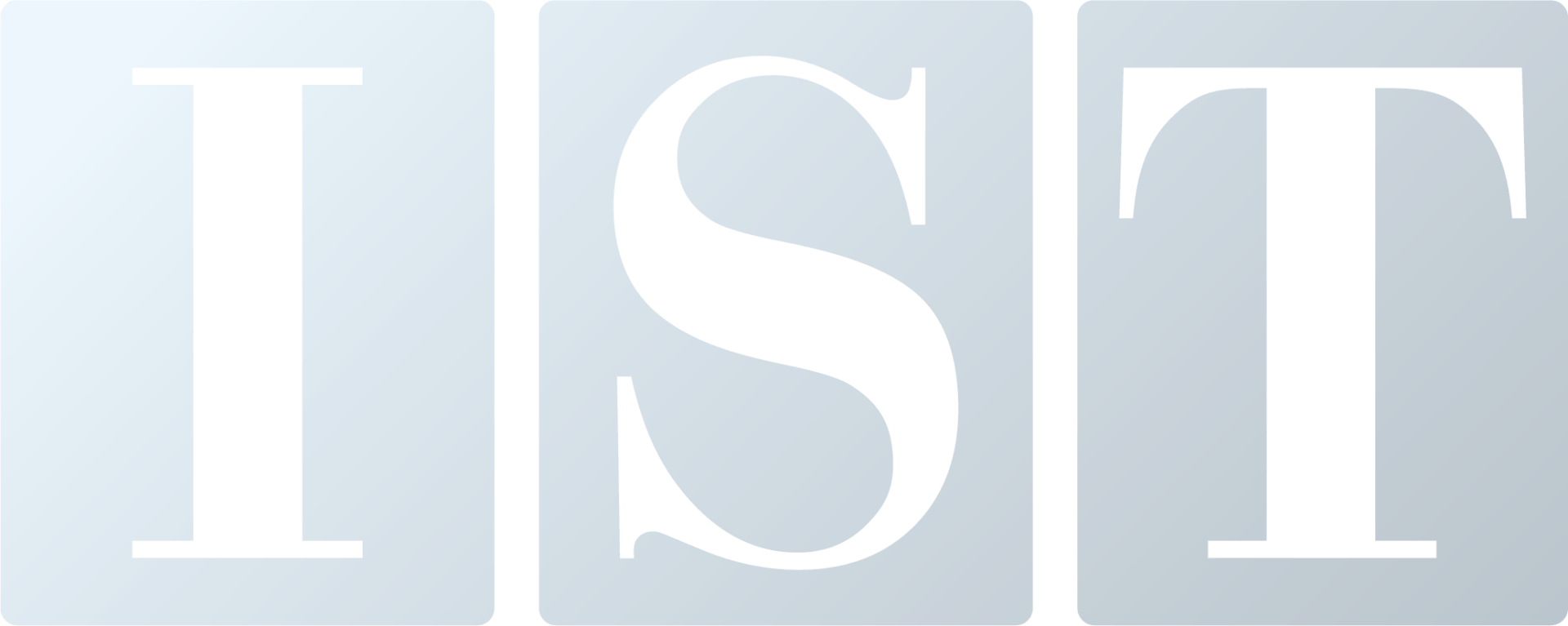12 Steps to Enhance Your Data Security
Innovate & Integrate
In an era where data breaches are commonplace, securing your data has never been more critical. On IST's podcast Outside-IN, IT Security Engineer II Sean Mannix revealed that human engagement is the greatest defense against cyber threats. The responsibility of safeguarding your digital environment prevents potential damage to your information and your organization.
Here's a step-by-step guide to fortifying your data security:
1. Inventory Your Passwords: Review all your passwords, ensuring they're unique for each account. Never reuse passwords, as repeating them across sites increases the risk of a breach.
2. Adopt Complex, Memorable Passwords: Ditch simple words or phrases. Instead, create sophisticated passwords that meld uppercase and lowercase letters, numbers, and symbols. Better yet, consider passphrases, which are easier to remember but challenging to crack.
3. Activate Multi-Factor Authentication (MFA): MFA offers a second layer of security by demanding additional verification beyond password authentication. Implement MFA wherever you can to add robust protection to your accounts.
4. Keep Up-to-Date with Security Patches: Regularly update all software, operating systems, and applications with the latest security patches. Failing to update provides hackers a backdoor to exploit.
5. Beware of Phishing Attempts: Always think before clicking email links or downloading attachments. Phishing scams play on human error to extract sensitive information. Report any dubious emails or activities to IT immediately.

6. Educate Yourself and Your Team: Stay on top of the latest cybersecurity threats and defense mechanisms. Regularly train your employees to amplify awareness of potential risks and effective mitigation strategies.
7. Restrict Access Privileges: Only grant access to sensitive data and systems to those who absolutely need it. Periodically review and revoke access for those whose job responsibilities have shifted.
8. Safeguard Your Physical Workspace: Secure sensitive documents by shredding, not just discarding them. Always lock your computer when stepping away to prevent illicit access.
9. Scrutinize Third-Party Vendors: If you use cloud services or external vendors, verify their security measures are rigorous enough to keep your data safe. Thoroughly review their security practices and regulatory compliance.
10. Keep Abreast of Privacy Regulations: Know the privacy laws and regulations your organization must comply with, like GDPR or CCPA. Compliance is critical to protecting individuals' data privacy.
11. Invest in a Vulnerability Management Platform: Such platforms can identify and address potential security weaknesses in your systems and applications, preemptively squashing any vulnerabilities.
12.Promote a Cybersecurity Culture: Foster a proactive approach to cybersecurity within your organization by encouraging open communication about potential threats. Make it easy for employees to report suspicious activities.
Remember, data security isn't a one-and-done deal—it's an ongoing process. With consistent vigilance and ongoing adaptation, you can stay one step ahead of evolving threats and ensure your data remains secure.






